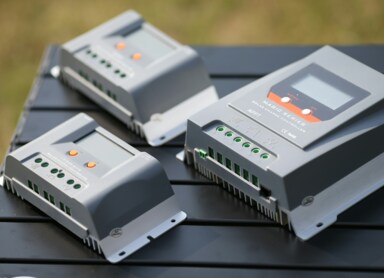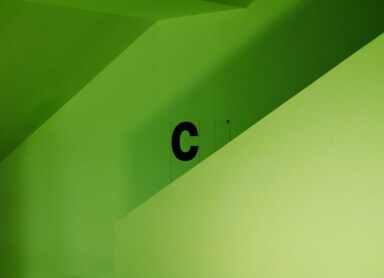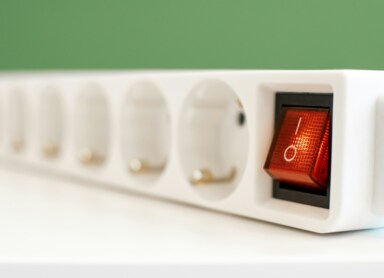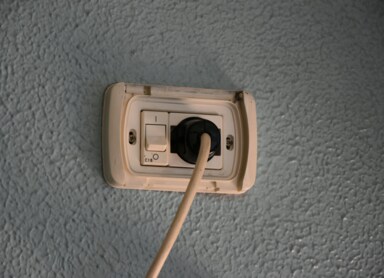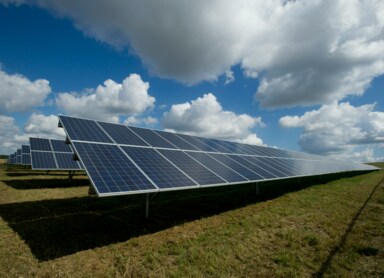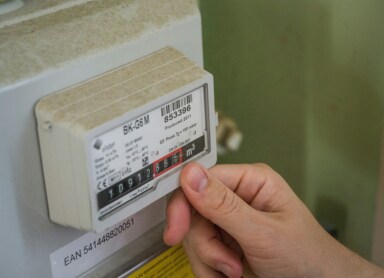How to calculate electricity consumption? Guide
Energy charges, or colloquially, electricity bills, are an important topic for both households and businesses. Knowing how to count and manage electricity consumption can significantly affect budget planning and taking actions that will generate savings in the short and long term. These are actions that not only benefit the environment, but, more importantly, the home or business budget. In this article, we will tell you how to measure, analyze and manage your electricity consumption. We will also suggest how to make real changes based on the calculations made.
How to Calculate Electricity Consumption from the Meter? Steps and Examples
Accurately calculating electricity consumption from the meter requires just a few simple steps. First, you need to record the meter reading at the beginning and end of your chosen billing period. This can be a week, a month, or any other period you wish to analyze. It's worth considering different usage periods — for example, times of intensive use of electrical appliances (heating season, remote work) and times when consumption is lower (e.g., holidays, vacations, or longer absences from home or the office).
After reading the meter values, calculate the difference between the final and initial reading — this result shows the electricity consumption in kilowatt-hours (kWh) for the selected period. How does such a calculation look in practice?
Let’s assume that on February 1st, the meter showed a certain number of kilowatt-hours. On the last day of the month, it showed another number. Subtracting the initial reading from the final one gives the amount of electricity used according to the meter during that period. To estimate the costs, simply multiply the consumption by the current price per kilowatt-hour according to your energy provider's tariff.
What are the benefits of these actions? Regular reading analysis helps identify periods of increased usage and ways to optimize energy consumption. Additionally, it allows you to track how consumption changes over time and better control your electricity expenses.
Read also: What Are Electricity Tariff Groups and How Do They Affect Your Bills?
Calculating Appliance Energy Consumption – Methods and Tips
To calculate the power consumption of a specific appliance, you need to know both the energy consumption of the device and the time it has been in use. The first method is to check the energy label, which usually states the estimated annual energy use. Alternatively, you can calculate it by multiplying the appliance’s energy consumption by the actual time it operates. If you then multiply the number of kilowatt-hours obtained by the cost per kilowatt-hour according to your energy provider's tariff, you’ll know how much running that appliance costs over a given period.
For even greater accuracy, you can use a wattmeter — a special measuring device that plugs directly into the appliance, allowing precise measurement of energy usage under real operating conditions. This solution is especially useful for devices with variable power consumption, such as refrigerators, air conditioners, or computers, whose energy use depends on the current load and mode of operation.
How to Calculate Energy Consumption at Home vs. in a Business?
Energy consumption at home can be calculated by analyzing the power of electrical appliances and the time they are used. Every appliance has a specific power rating listed in watts, which can be found on its energy label, technical specification, or user manual. To estimate total consumption, multiply the appliance’s power by the number of hours it runs per day, then sum up the values for all devices. Over a month or a year, you can get a more precise picture of energy costs by also factoring in your provider's tariffs. In a household, this calculation is relatively straightforward compared to a business.
In businesses, calculating energy consumption is more complex because, besides standard devices like lighting and computers, there are also production machines, air conditioning systems, and other energy-intensive installations. Key actions include monitoring energy meters and analyzing usage profiles at different times of the day and week. Many companies use smart energy management systems that track real-time consumption and identify areas for optimization. Using this data helps not only to control costs but also to make informed decisions about energy efficiency.
Read also: How to Reduce Your Business Electricity Bill? 7 Proven Ways to Cut Costs
Electricity Consumption Monitoring Tools – Selection and Application
Electricity consumption monitoring tools play a key role both in households and businesses, helping mainly with controlling energy use and costs. Choosing the right solution depends on various factors such as the scale of consumption, user needs, and the availability of advanced analytics features. The market offers both simple plug-in meters for measuring single appliances and more advanced smart energy management systems for monitoring and optimizing entire electrical installations. This makes it easy to select the right tool for both home and business use.
Advanced measuring systems, such as smart meters, offer not only real-time consumption tracking but also historical data analysis, allowing users to identify trends and potential savings opportunities almost instantly. With integration into mobile apps and cloud solutions, users can monitor power usage in real time, receive alerts about unusual consumption spikes, and automatically adjust appliance settings to minimize costs. In companies, especially those in energy-intensive industries, energy consumption monitoring becomes not only a matter of financial optimization but also a part of their sustainable development strategy.
Selecting the right tool should consider not only purchase and installation costs but also integration possibilities with existing infrastructure and user convenience. Modern buildings increasingly use automation and AI-based solutions that not only record energy consumption but also help predict future needs and optimize electrical system operations.
Electricity Consumption and Savings – Practical Tips
Effective energy cost control combines knowledge of consumption calculation and skillful identification of potential savings. Your electricity bill contains information about total energy usage and its cost, making it easier to analyze expenses. For even more precise monitoring, it’s worth checking the meter reading at the start and end of your billing period or using energy meters for specific appliances. Identifying energy-hungry devices is another step toward savings. Old refrigerators, electric heaters, and air conditioners can significantly raise your bills, so consider replacing them with more energy-efficient models or using smart solutions like timers and remote-controlled sockets. Smart energy management lets you cut consumption without sacrificing comfort.
Given the rising energy prices and increasing ecological awareness, monitoring electricity consumption is becoming not only economically wise but also a responsible way to manage energy resources.

